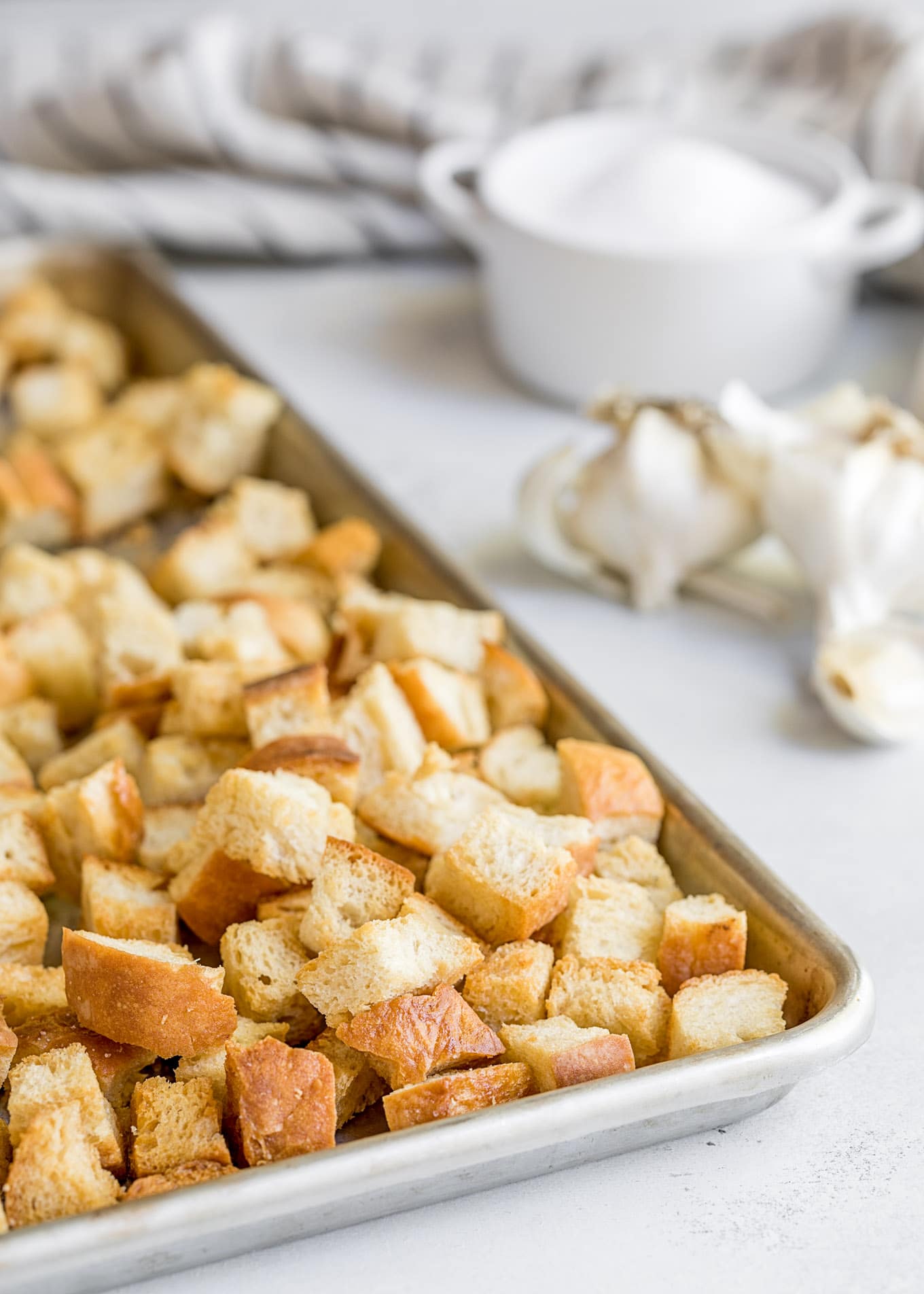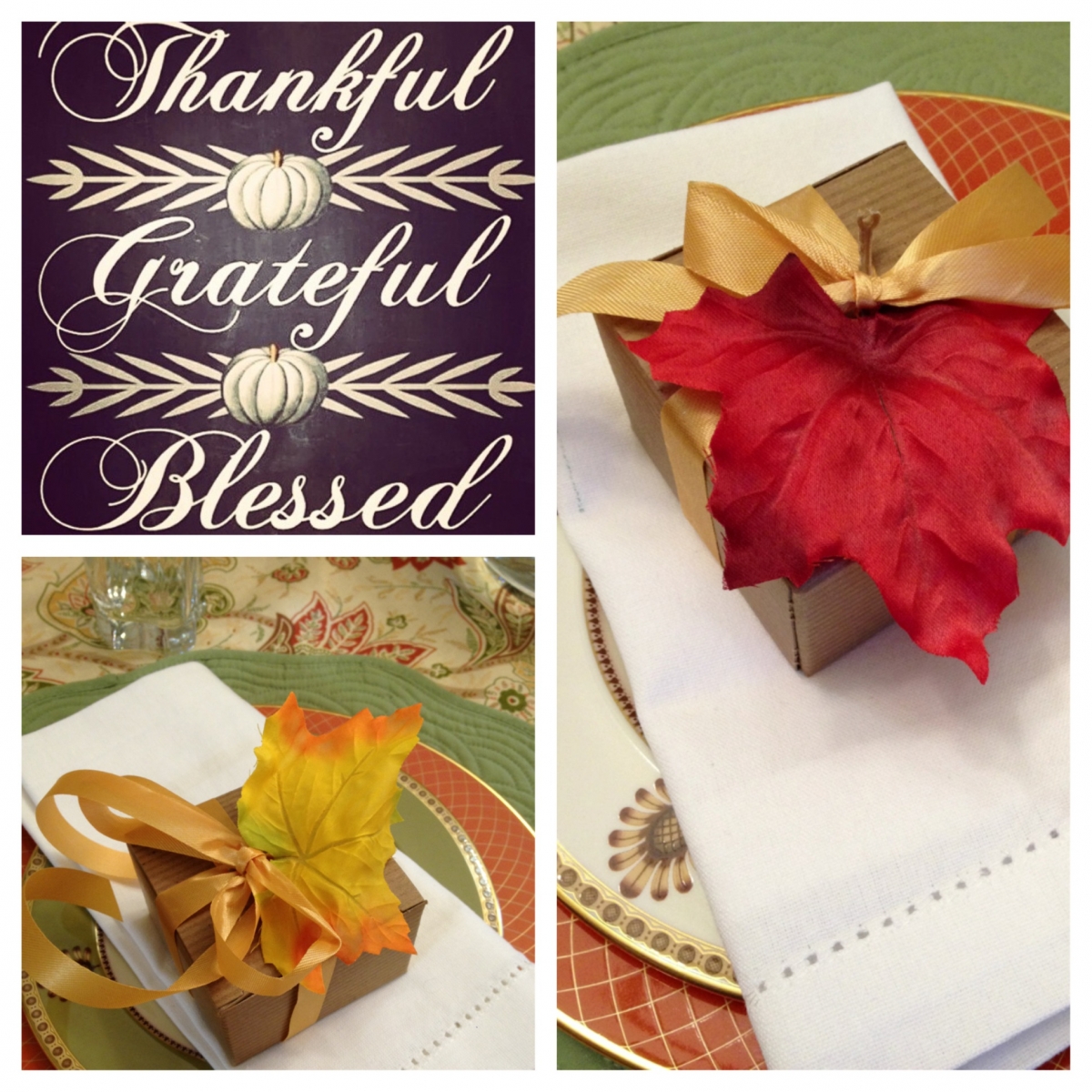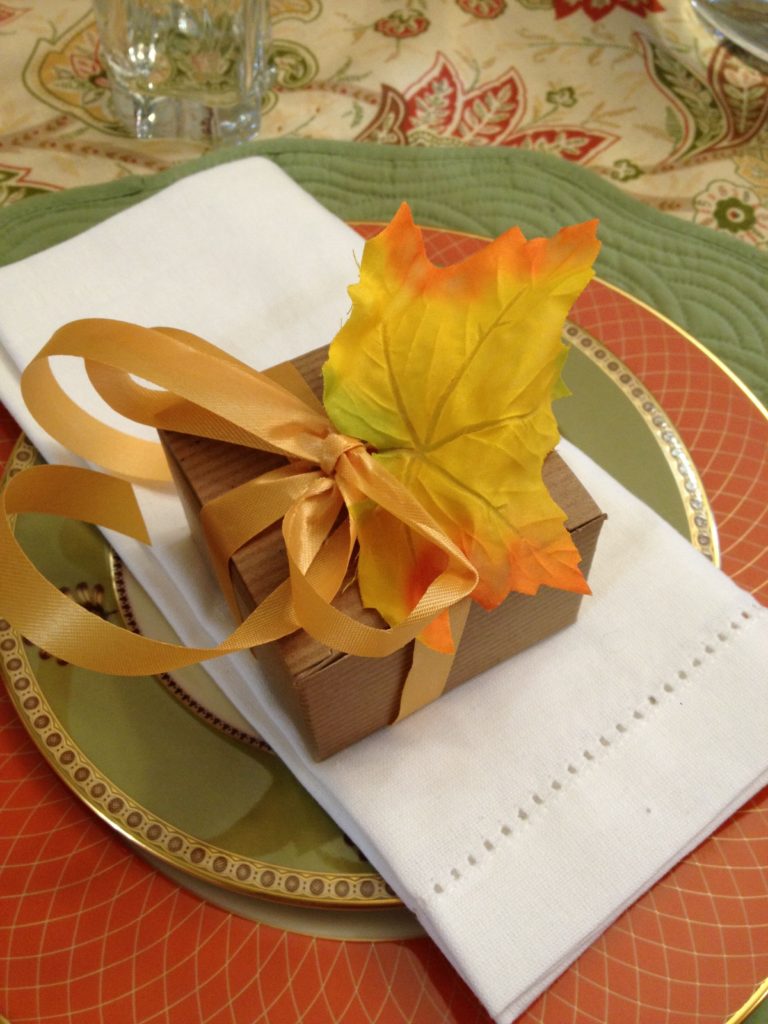Food is an important ingredient in every family’s history, and revisiting recipes is an enjoyable way to discover lost traditions. Among my favorite food memories are the weekly luncheons I shared with my elegant aunt Marion. The daughter of Sicilian immigrants who came to American in the late 1800’s, Marion’s food was simple and delicious. Like other immigrants, her mother brought recipes, raw ingredients, even seeds from her homeland, and Marion learned to blend those precious gifts with their new American way of life.
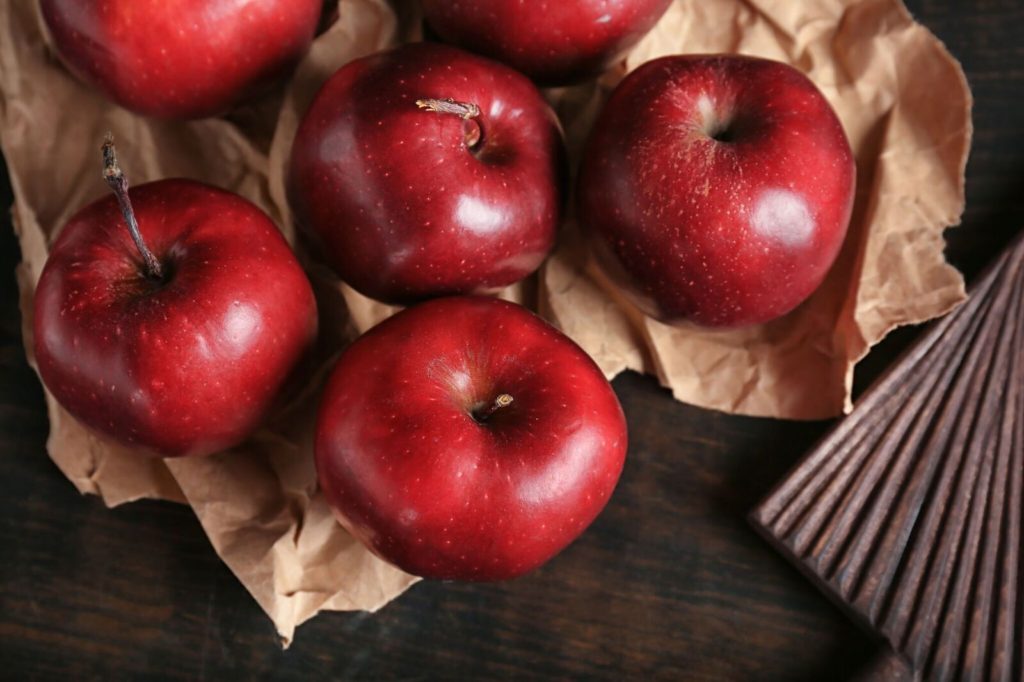
I looked forward to her honest cooking, the delightful aromas that welcomed you as you entered her home, and the details of Marion’s perfectly set table—beautifully arranged, layered with fabric, and heirloom china, artfully mixed with something decidedly kitschy. Her gorgeous, but mischievous Siamese cats stood sentry in the entrance hall—they’d mark their territory by maneuvering in and out of a guests’ legs, and when they succeeded at tripping one, they’d dart away, with smiles on their rascally feline faces.
It is said that a family recipe can tell the story of who we are and where we’ve been. Perhaps that’s why I’m eager to collect my family recipes, and this one arrived just in time for Thanksgiving. In my aunt’s original recipe, she used Pepperidge Farm bread cubes and roasted chestnuts—a nod to the confluence of factors influencing the culinary world at that time, a rise in the number supermarkets and pre-packaged foods combined with a renewed fascination with classical European cooking.
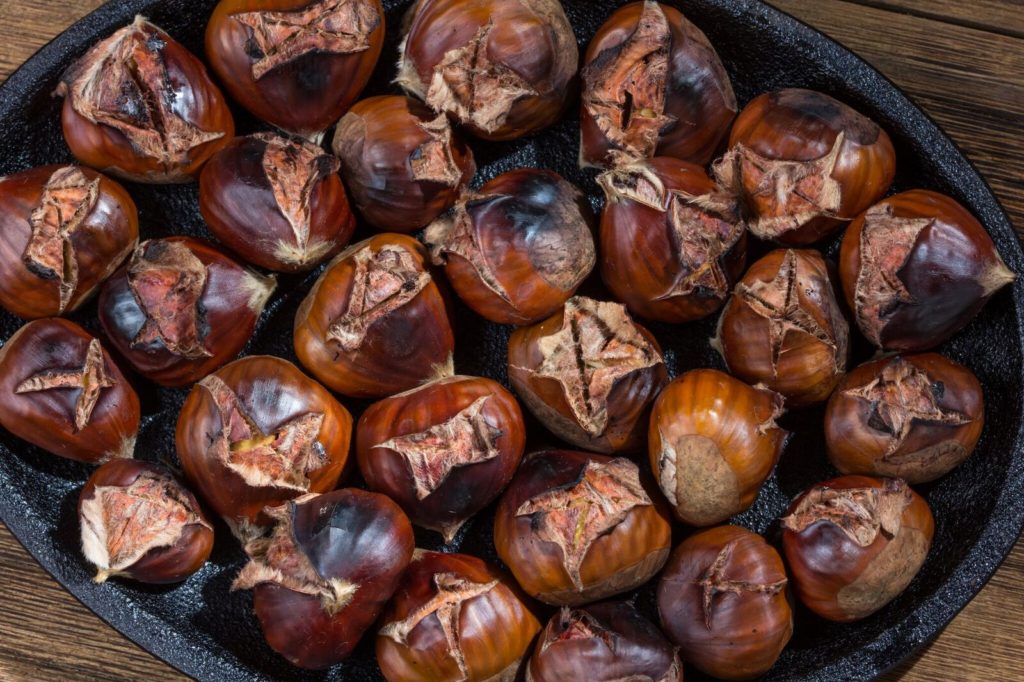
You are welcome to use packaged bread cubes, but my preference is to make them from scratch using good-quality breads and seasonings that create an unmistakable Thanksgiving aroma—one that was most uniquely Marion’s. I also swapped out the butter for Ghee. On Marion’s lovely hand-written recipe, she labeled this recipe Apple Stuffing. It’s just too good, too delicious to put inside a bird, and clearly intended to be dressing—with melted cheese overtop and slightly browned bread cubes, this is an aromatic side dish meant to soak up every bit of turkey gravy. My uncles were big meat eaters and so Marion had a note on the back of her recipe “sausage is optional.” She suggests removing the casing from one package of frozen Jones sausage, browning the meat, and draining it well before adding it to the dressing mixture.
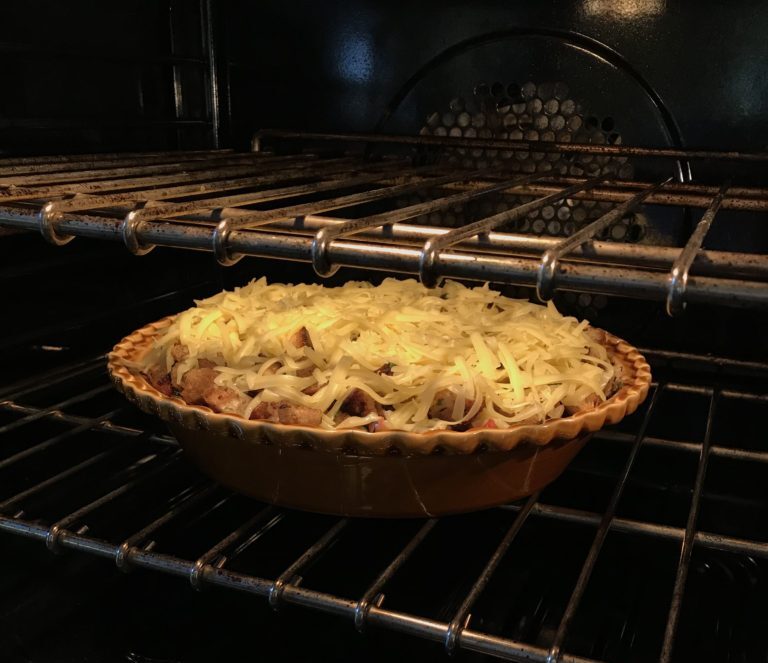
Yield: Serves 16







